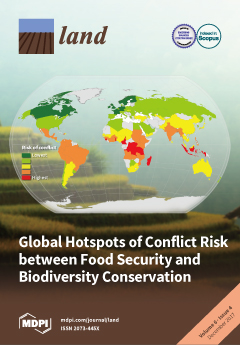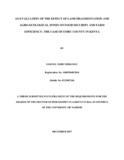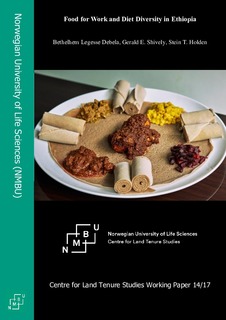Poverty profiles and nutritional outcomes of using spate irrigation in Ethiopia
Development partners and public investors assume that spate irrigation reduces household poverty and malnutrition. This article examines whether the poverty profiles of smallholder farmers and the nutritional outcomes of their children have improved as a result of using spate irrigation. The study areas were in two regional states in Ethiopia. Twenty-five users each, both from traditional and modern spate irrigation schemes, and an equal number of non-users responded to a structured questionnaire.





